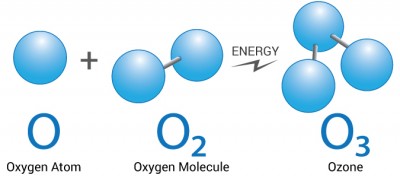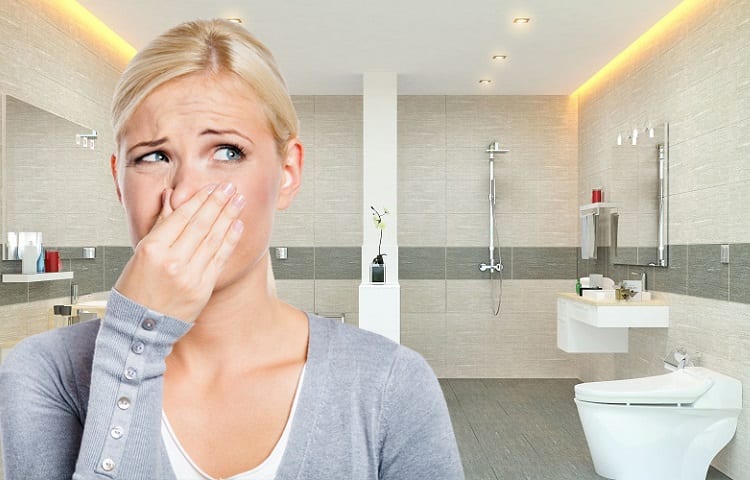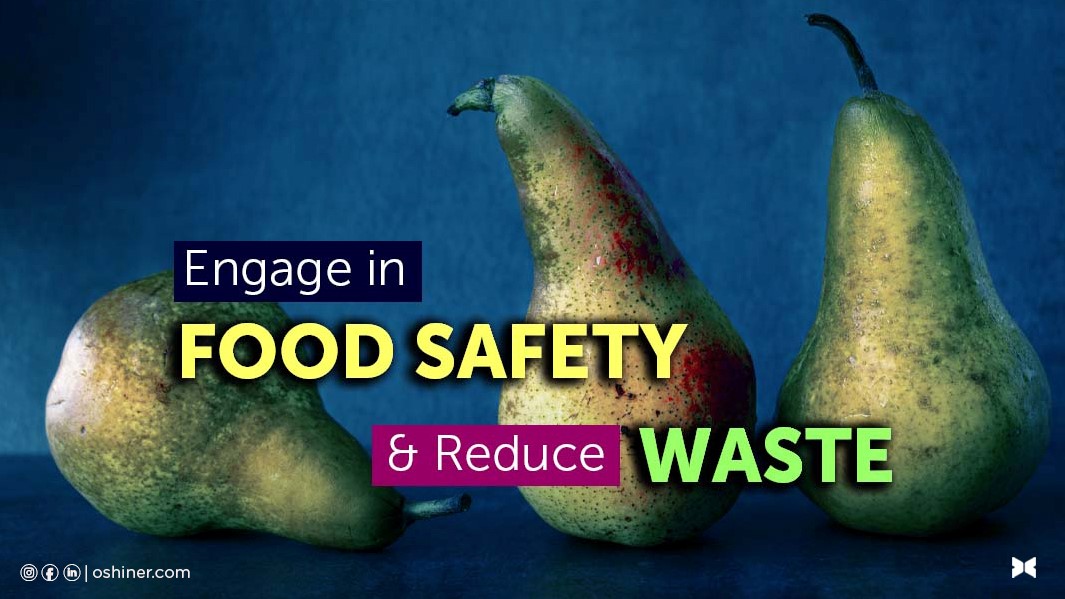Let’s all breathe a breath of fresh air!
With growing concern over the past months about viruses, germs and other pollutants in our environment and homes, have you taken the time and thought about the quality and cleanliness of the air you breathe everyday?
Good air quality is essential for a person’s well-being, the same as clean drinking water, a healthy diet, and other health positive practices. The former three get publicized on heavily, but what may not be as commonly known is ‘How do we get good quality air?’
Lucky, if you are fortunate enough to live far away from large cities or urban areas and far away from industrial air pollution, you may already have access to ample fresh, clean air.
For those of us living in large cities or industrial areas, where we spend the majority of time indoors, it may be hard to get access to truly clean air, which can affect our mental and physical health.
So how DO we change the quality of the air if we are constricted to confide spaces in heavily polluted environments? The answer comes in the form of an air purifier. An air purifier does just that, purify the surrounding area, killing airborne bacteria, viruses, fungi, and other irritants, leaving clean breathable air.
One of the best known disinfectants of airborne pollution found in nature is Ozone. We may have heard of ozone before, more specifically the ozone layer which is a suborbital barrier between our plant and outer space. Ozone is also all around us, working invisibly to clean the air and other external surfaces in the natural world. Although ozone is not as common at ground level as it is in the ozone-layer, new technology has been able to harness the power of ozone, utilizing its disinfection properties, and making it safe and easy to use at home, work or on the go so you may breathe clean natural air wherever you are.
What is Ozone?
Ozone, in its simplest form is oxygen. The oxygen that we all know, love and breathe is a combination of two oxygen atoms, represented as O2. Scientists and engineers have discovered that it is possible to split the two oxygen atoms that form O2 apart, either by low atmospheric pressure, ultraviolet (UV) light, electromagnetic radiation or electrolysis (usually in the form of lightning or an electric current). When the oxygen atoms go to rejoin together after being separated, sometimes they will rejoin together in groups of three rather than just two. When oxygen atoms join together in groups of three, that is called Ozone, which is represented as O3.
Ozone is a colorless gas with a very distinct smell. That fresh smell you get after a lightning storm, that is ozone. Just because oxygen atoms are able to reform into groups of three, does not mean that it wants to stay in groups of three. Oxygen at atmospheric pressure would rather stay in groups of two because of its atomic makeup. That means, Ozone (O3) is very unstable and constantly wants to shed or get rid of that extra oxygen atom.
Because ozone is so unstable, that makes it highly reactive with other molecules and microbes. This is where ozone gets to work. When ozone reacts with other molecules like gases, smells, microbes, bacteria, germs, fungi and viruses, ozone breaks the molecule or microbe down, either off loading the extra oxygen atom or killing the microbe all together. This eliminates the bad gases, smells, or microbes, leaving behind fresh, breathable O2 oxygen.
Because of the effectiveness, simplicity and general safety of ozone, it is an ideal method for treating air, water and external surfaces against most contaminants and pollutants.
Efficiency – How Well Does Ozone Work?
Ozone is one of the strongest disinfectants available, able to treat air, water and other solid surfaces against contaminants. Although ozone is a strong disinfectant, it is still one of the safest available disinfectants for everyday use. Ozone is said to be up to 50 times more effective than chlorine bleach. Even though ozone is up to 50 times more effective, it works without the harmful effects and byproducts which can result from other man-made cleaning chemicals, such as the carcinogenic residue left behind by chlorine bleach treatments.
Even though ozone is a powerful air and water purifier, as well as general disinfectant, it cannot be stored and therefore it has to be made each time it is needed. Because ozone is made on demand, it eliminates additional costs and environmental impacts from the storage and distribution processes.
Benefits – What Makes Ozone A Good Disinfectant?
Ozone is a potent disinfectant at low concentrations. In its gaseous state, Ozone is a proven deodorizer and bactericide. Ozone diminishes the need of chemicals to zero and does not leave any potentially harmful byproducts, hence being the most sustainable and environmental-friendly treatment technology. After all, the main byproduct of ozone after oxidization and disinfecting is O2 oxygen.
Ozone from air purifiers can kill contaminants that provoke mold development in several minutes. It is also efficient against dangerous pollutants such as bacteria cells, harmful microorganisms, and viruses. It oxidizes any surface to eliminate mildew, heavy metals, and pesticides that cause damage human respiratory health.
Applications – Where Is Ozone Used As A Disinfectant?
Ozone is a very powerful oxidant, able to break down a wide variety of compounds and microorganisms. Ozone is ideal because of its relatively safe to use, as well as it oxidation and disinfection properties which can be fully utilized in many applications.
In treating potable water, ozone has the proven ability to convert harmful organic materials to safer biodegradable materials. As a result, combining ozone with other biological treatments can produce water with lower concentrations of harmful organic compounds and be more cost-effective than any other individual process used.
Ozone is also FDA-approved for direct contact with food. Using ozone to treat the food during the packaging stage can extend the shelf life of most food products.
Ozone disinfection is especially useful for residents in large cities and urban areas where there are numerous factories, heavy traffic, and other high-pollution areas. Ozone air purifiers are a must for these types of everyday pollutants that strive in these types of environments. Ozone purifiers are recommended for industrial areas to get rid of any offensive airborne chemical smells. They can be easily installed to remove various odors that are common in homes, offices, manufacturing areas, laboratories and other various high traffic areas where people spend a lot of their time occupying. Ozone air purifiers are also great for smoking zones to reduce smokescreens, tobacco smells, and other long-lasting odors.
Safety – Is Such A Powerful Disinfectant Like Ozone Safe To Use?
Ozone is considered one of the strongest natural germicides in the air and deals with any and all kinds of atmospheric and surface pollution, among other contaminates. Despite this, ozone is know not to be carcinogenic or allergenic and does not impair reproduction; nor is it easily absorbed by the skin. For ozone that is made for consumer and industrial purposes, there are regulatory frameworks in place in most countries providing guidelines for safe human exposure levels to ozone.
Frameworks are necessary because ozone does still come with some risks to health. A person in direct contact with the ozone in a small area can experience discomforts or even more serious respiratory symptoms within a few minutes.
Nevertheless, it is common in industrial, commercial and residential environments to use high concentrations of ozone to disinfect areas large and small more quickly. During this type of disinfection process, one would be require to leave the room for a while to avoid any discomforts.
Reassuringly, ozone is completely safe to use and be around when it is inside the level limit concentration (LLC), which is commonly considered to be 0.1 parts per million (ppm) and can be easily detectable at low concentrations by humans.
Overall
With the disinfectant power of Ozone, providing purified air, safe drinking water, germ-free surfaces, and cleaner environments in our homes, offices, warehouses and factories has never been easier.
With new technology constantly improving how we harness the power of ozone in our homes or in our place of work, it is becoming safer, easier and more economically efficient to do so.
Using ozone purifiers puts health first, getting fresh air free from unhealthy irritants and other common pollutants or contaminates.
Ozone purifiers are some of the best ways to bring fresh air indoors and give you an exceptional opportunity to breathe freely.













